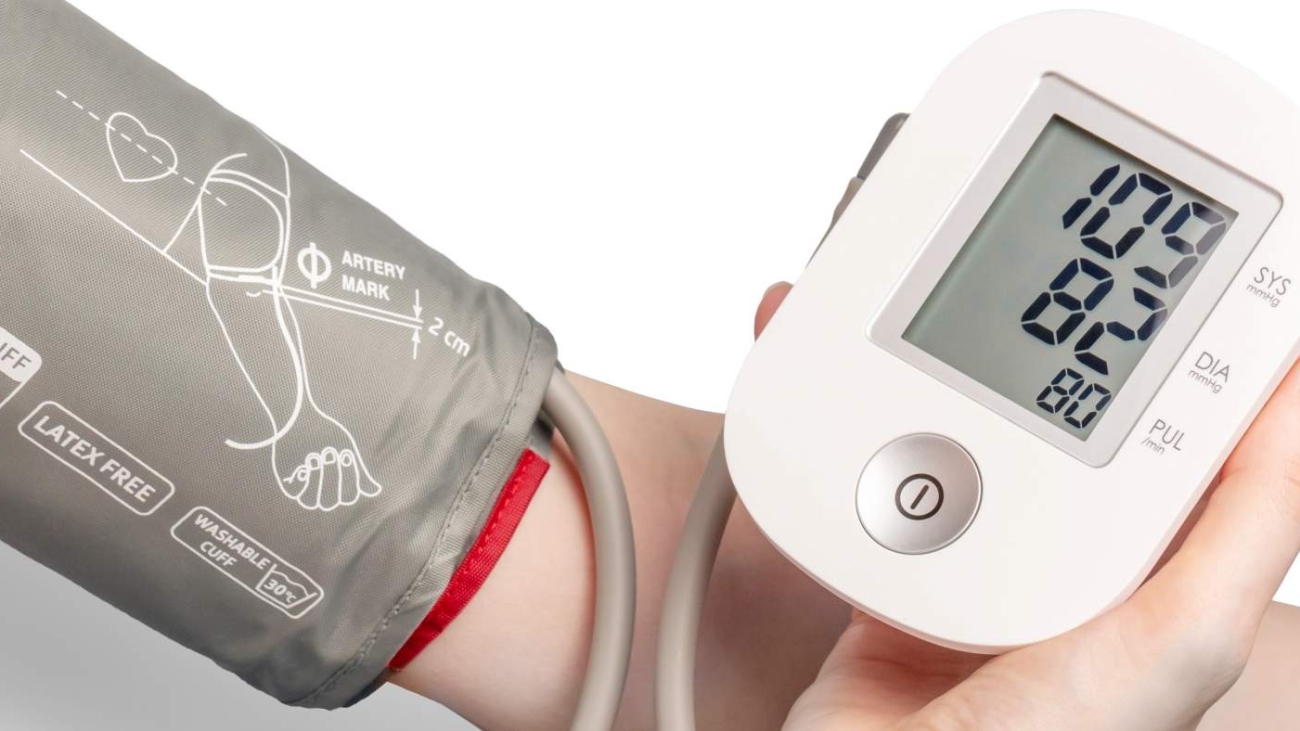The Karpman Drama Triangle (or Rescue Triangle) defines the common subconscious roles, and resulting dysfunctional behaviours, we take on in adverse situations.
Men and Women: Contentions
Being aware of the differences between men and women, understanding them and working with them is important in any relationship, be it personal or business
Akashic Records: How to Explore Them
The Akashic records are a collection of all the events, thoughts, words, emotions to have occurred in the past, present, or future anywhere in the universe.
Understanding Your Brain Waves
Through research and observation we are able to tell what the brain is doing by measuring the frequency of the brain waves being produced.
Know Your Numbers: Blood Pressure
Know Your Numbers week is an annual campaign designed to raise awareness of high blood pressure and encouraging all UK adults to get a blood pressure check.






